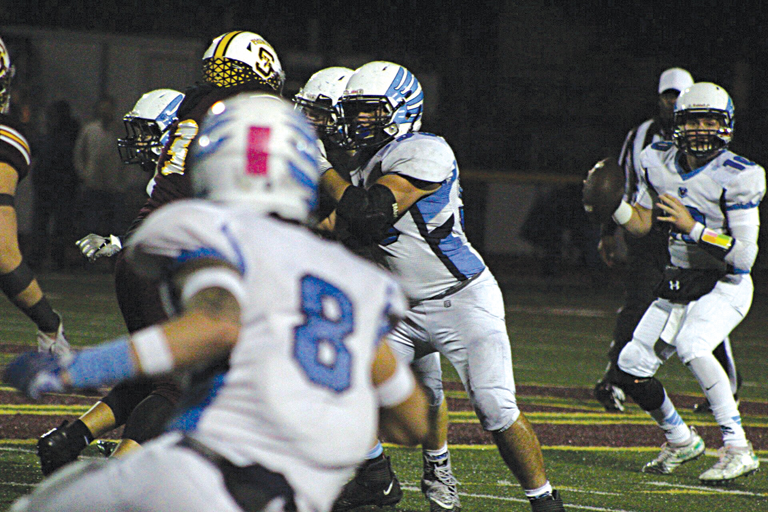
Commissioner Robert Wigod faces his toughest challenge of his nine-year tenure in devising a clear outlook of how fall athletics may play out.
By Michael LEVITSKY
The cancellation of spring athletics across the country this year left many graduating seniors feeling disappointed and unaccomplished. The final chapter of these student athletes’ careers were left unwritten as a result of the COVID-19 shutdown.
Moving forward, sporting events will look different at the professional and amateur level. California Interscholastic Federation Southern Section (CIF-SS) commissioner Robert Wigod faces his toughest challenge of his nine-year tenure in devising a clear outlook of how fall athletics may play out.
“What we have is a philosophy that all options are on the table,” he said last week. “Because we have such an ever-changing situation and so much going on, we need to be aware [of] and monitoring what local and state health authorities are saying. We also have to be aware that the decisions of when to resume athletics are going to be made by our schools.”
The Southern Section governs 567 public and private schools, and spans from Orange County all the way up to Santa Barbara and San Luis Obispo counties.
Wigod added that the current challenge is not a matter of how but when.The medical protocols for games and practices could vary by county, and the goal is to have a congruent start date so everyone can participate.
“You give me a date and I’ll give you a calendar,” he said, “and the one question none of us can answer is when that date is.”
Football has been the Southern Section’s toughest sport to plan for. Only one contest is allowed per week, so having a viable season is essential for adequate championship competition.
A viable regular season would have to have league play at the bare minimum, according to Wigod. For eight-team leagues that is seven games and, for the more common six-team leagues, five games with the opportunity for two preseason games. Add on four weeks for preparation leading up to the first contest and four weeks at the end for Southern Section playoffs, Sept.14 is the latest start date in order to finish within the fall term for this possible scenario.
The remaining fall sports (girls’ golf, tennis and volleyball, cross country, and boys’ water polo) have more flexibility because multiple games can be played within the same week. Starting at a date later than normal while playing a full season remains realistic.
If some sports can resume before others, say non-contact (golf, tennis) versus contact/close contact (volleyball, football, etc.), a scenario is in place as well.
Southern California has been a hotbed for the coronavirus and the commissioner is also prepared for the possibility that sports may not occur at any point this fall. Wigod assured the cancellation that happened this spring will not be repeated.
“We’re prepared to find a way to do fall, winter and spring sports later,” he said. “We had to cancel spring sports because we just ran out of time. The alternative to not have it at all is just not acceptable to people, and it’s not something I want to see either,” he later added.
The idea of three sports seasons overlapping each other presents a host of other challenges that would be sorted out at a later date, if necessary including facility scheduling conflicts and multi-sport athletes.
“We’re going to need some understanding, we’re going to need some flexibility,” Wigod said. “I think we owe it to everybody we’re involved with to do everything that we can to deliver.”
